I can't wait to delete Zoom. There's no substitute for 'IRL.'
Remote learning has left my students and me exhausted. I used to end class with dinner and discussions. Now, I end it with Advil.
As the semester edges toward the end of the academic year, the provost at the university where I teach has tentatively announced plans to reopen in the fall. I can’t wait to cancel my Zoom account.
A year ago, pundits predicted that Zoom would pave our future in both academic and corporate settings. After three decades as a writing professor, and the last four semesters of remote teaching, I’ve discovered that there is no replacement for us to connect as “IRL,” as my students say.
In March 2020, rumors circulated that a lockdown was imminent and that the university would go remote. On what turned out to be my last in-person class, a student asked whether she’d see me again. Her shaky voice reminded me of when my daughter was 3, sadly waving goodbye at preschool.
“Yes,” I said, trying to sound hopeful. I wasn’t sure of anything – other than this particular class would end at 7:50 p.m. as usual.
“As usual” was a phrase that quickly disappeared from my vocabulary. Professors had two weeks to transition our syllabuses and curricula into remote learning models. In the beginning of lockdown, there were many questions and few answers. I did see my students again – two weeks later on Zoom, a platform I had never taught on nor used. Instead of sitting around a cozy conference table, an intimate setting ideal for an interactive workshop, we were all rectangles on a screen.
Rectangles on a screen
One student was back in Milan, six hours ahead of our 6 p.m. EST class; she logged on at midnight, waiting for her parents to go to sleep so she’d have privacy to read her personal essays aloud. Another student was in mandatory quarantine in a government hotel in China after traveling home. She woke at 5 a.m. to sleepily log onto class. There were guards in the hallway to make sure she never left her hotel room.
For the next two months I tried various teaching methods, replicating my in-person classes as closely as possible. Yet Zoom is never truly synchronous. You have to be more attentive, which can be exhausting. Blips, delays and cut-off sentences can create confusion, as communications studies professor Jeffrey Hall reports in Psychology Today: “Maybe this isn’t the solution to our problems that we thought it might have been.”
I had to reinvent every methodology that didn’t work. E.L. Doctorow said, “Writing is like driving at night in the fog.” Now professors could only see as far as our headlights.
One student taught me how to set up a Google Drive for posting class essays; I expressed thanks, getting used to my new role as a professor relying on students’ help. Technology is their native language; I would always have a discernible accent.
Damaging education:Racial equity is important, but it doesn't trump the right to excel
Trying to edit student work on Google Docs while simultaneously scanning 15 Zoom rectangles, peeking back and forth to keep up with the chat function, and leading a two-hour class made me dizzy.
Technology failed – on my side and theirs. Mid-sentence, our images would freeze, our voice transformed into a sci-fi robotic blur. I told my students, “It’s not perfect.” When I made a technology mistake, I said, “I’m not perfect. The world is far from perfect. But it’s all we have right now.”
All 15 rectangles nodded.
Human company, online connectivity
I assumed my students would embrace the use of technology, and in the beginning they did. I had to teach them new etiquette: It was not OK to drink cocktails during Zoom class, eat dinner, click off video (except in emergencies) or participate in bed in pajamas.
Many had difficulty concentrating and meeting deadlines. I became more lenient. I ended each class with, “Have a good writing week. Stay safe.” One night I neglected my closing mantra. A student urged me to say those reassuring lines before “ending the meeting,” a euphemism for class dismissed.
After two months of lockdown, I began to feel more comfortable with Zoom. The students were in no rush to end our time together. Many were living alone in small apartments, and I was surprised that online learning would make us feel bonded. We needed human company more than ever; our computers, phones and tablets were our only connection.
Exhausted after each two-hour class, I learned that Zoom demands more emotional effort to stay focused, causing our brains to become overloaded, creating fatigue and even anxiety. We miss nonverbal communication essential to a full learning experience. Dopamine, a neurotransmitter generating pleasure, increases in face-to-face communication, says clinical psychologist Brenda Wiederhold in National Education Association Today.
My summer class was different; we had never met in person. It took longer for the class to gel, but on the last night one student remarked that our Wednesday nights together helped him survive summer lockdown.
Hitting the pandemic wall
During my third and fourth semesters, students were quieter, more stressed, lonelier. At first it had been fun to insert creative backgrounds, making it seem as if we were on a tropical beach. We giggled whenever a cat’s tail waved across a student’s rectangle. We met each other’s dogs, children, siblings and roommates, caught on camera in tight living quarters.
By this spring semester, many students confessed they had hit a pandemic wall. We were all Zoom fatigued. I used to go out for dinner after class with colleagues to discuss pedagogy; now I took Advil and spent the evening trying to reduce eye strain, clear my mind and cope with increased migraines.
I admit there have been advantages: My classes have become more diverse, enabling students to sign on from every part of the USA, Europe and Asia. This heterogenous dimension added new voices and viewpoints, making our critiques and discussions even richer. But before educators and corporations convince themselves that video interaction is better or even best, we should ask ourselves, according to sociologist and psychologist Sherry Turkle, when it comes to education and mentoring, “What is being lost?”
During the pandemic, whenever I watched theater or dance on TV, the experience never truly replicated the live energy. I don’t want to live or teach in a two-dimensional world. I became a teacher because I loved school – not only the intellectual stimulation, but also the smell of the books, the historical feel of desks where generations discoursed before us, even the sound of squeaky chalk. I yearn to walk into a classroom, welcome my students and get down to work. Side by side.
Source: (www.usatoday.com)

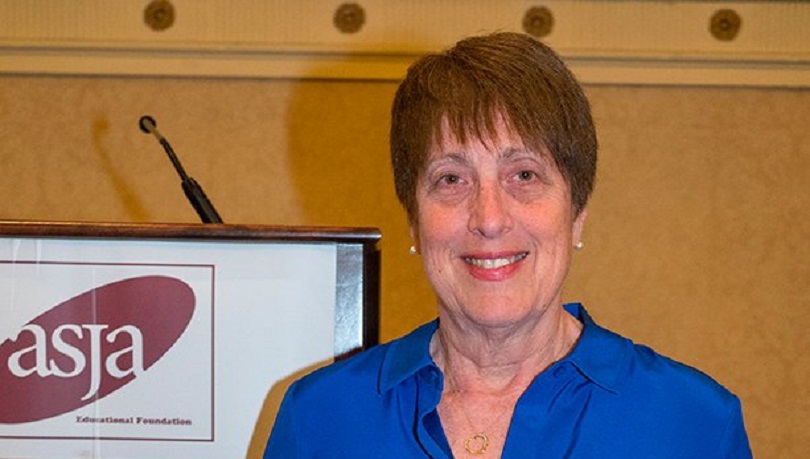

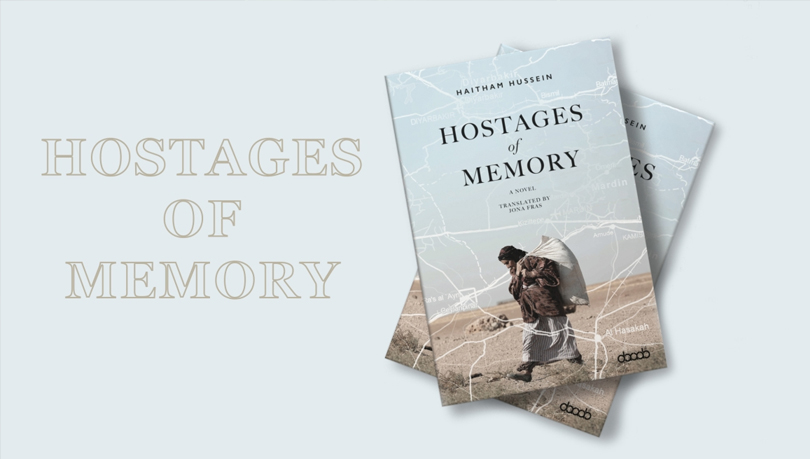

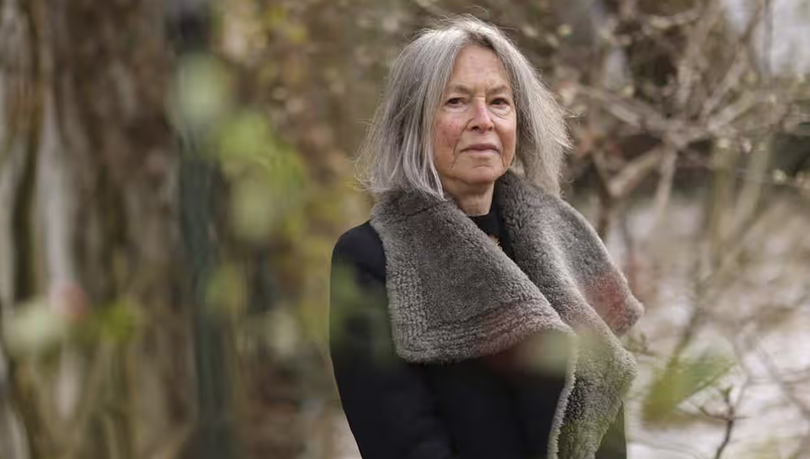
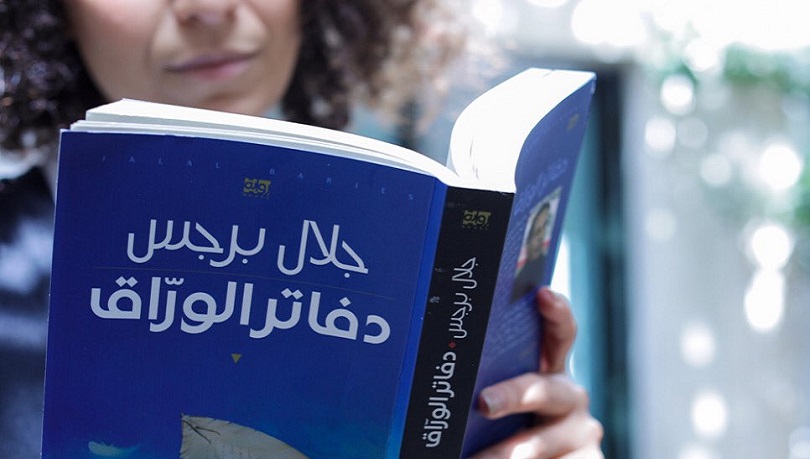


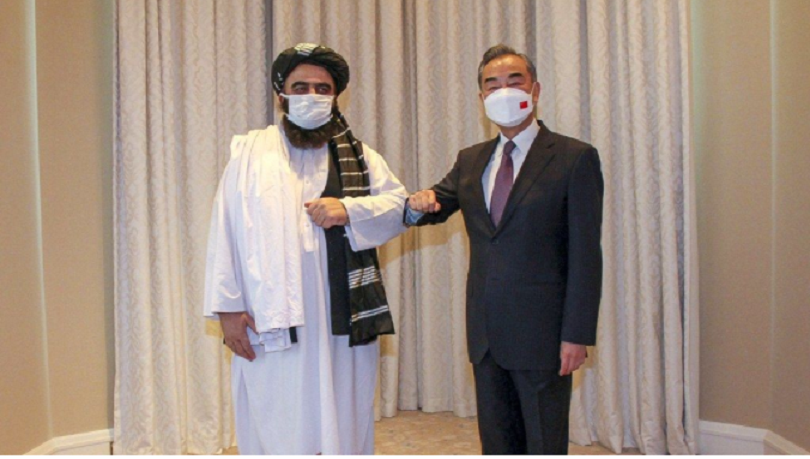



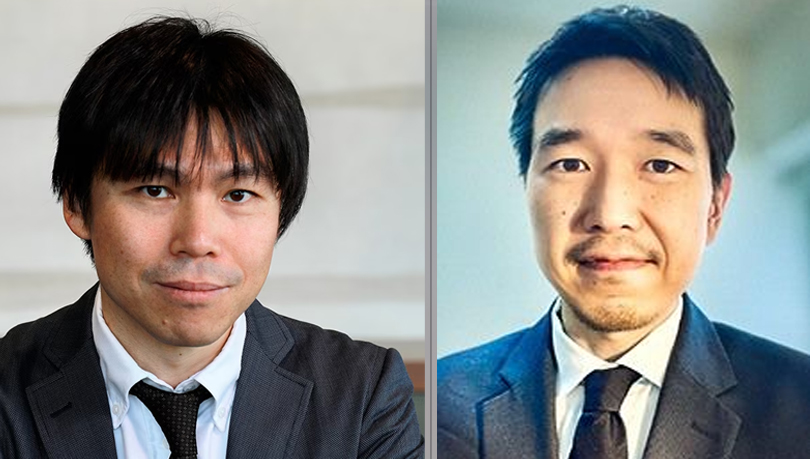


0 Comments